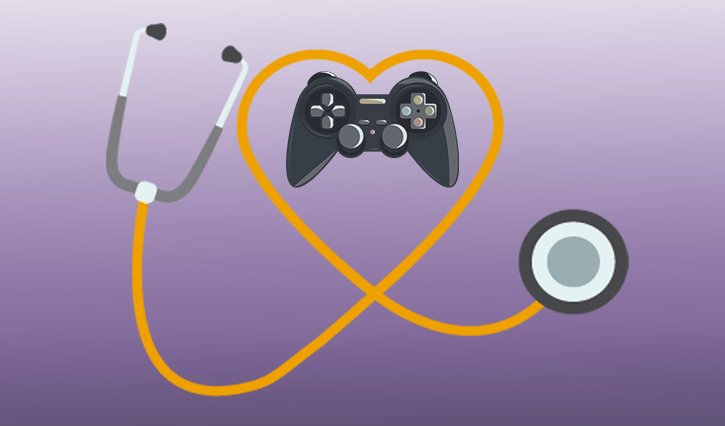Yes, Physicians Like to Play Video Games
How Video Game Concepts Can Accelerate Medical Education
Health is a serious topic, but a growing body of research suggests that technology and techniques from the video game industry can help healthcare professionals (HCPs) retain new knowledge and provide better care. It all comes down to the science behind learning and motivation. In the first of this two-part series, I’ll explore how gamified learning taps into complex behavioral drivers like challenge and competition, activating reward pathways that not only encourage physicians and care teams to engage more deeply with content, but more importantly, make them eager to come back for more.
Defining Gamification in HCP Education
Gamified learning for HCPs is the application of game-like design elements - such as competition, feedback, rewards, repetition, and collaboration - in otherwise non-game (e.g. clinical) contexts. In many ways, it is a tech-enabled extension of active learning, a longstanding approach that offers multiple advantages over more passive alternatives; for example, actively-educated learners report higher levels of satisfaction and motivation to think, analyze, synthesize, and discuss.
Organizational hesitancy toward gamification is widespread. Conventional wisdom, particularly in regulated industries like healthcare and life sciences, seems to be that learning must be painful to be effective. Physicians in particular are taught from a young age that learning should be grueling and often requires rote memorization skills. Residency programs adapt a more experiential learning model, but the pace remains relentless; trainees frequently report being pushed to the point of exhaustion and burnout.
Tapping into Reward Pathways
None of this is meant to suggest that medical education should be made “easier,” or taken any less seriously. My contention is simply that given the tremendous burden already on HCPs to continually advance their expertise, there may be a missed opportunity to work with, instead of against, human nature. An interesting observation is that intense learning pressure among professionals appears to only heighten the desire for fun. Despite heavy demands on their time, an astounding number of students develop (or double-down) on a video game habit in medical school to help manage stress. A frequent topic of debate on Reddit is whether gaming helps them recharge for the next study session, or undermines their long term career aspirations.
Behind these conflicting behaviors, there is an interesting insight: humans are intrinsically driven to both learn AND to have fun, and that these objectives are not necessarily at odds with each other. The notion that the two should be separated in life science education stems from prior conceptions about how the brain processes information, and a dated view that play is always unproductive and counter to “real work.” New research shows that activities that create feelings of excitement and delight increase brain activity, releasing "reward hormones” like dopamine that are closely linked with enhanced motivation and memory. Many physicians who are gamers may already be aware of this connection. One oft-cited study, for example, found that laparoscopic surgeons who play video games exhibit more skills, conduct faster procedures, and make fewer mistakes.
The Next Frontier
Should all medical learning be reconfigured to emphasize fun? Probably not. Some content assets lend more naturally to a gamified equivalent than others, and there will always be a need to offer multiple modalities to support diverse learning styles. But there are numerous untapped opportunities to breathe more interactivity into content that is scientifically accurate, but painfully unengaging. In Part Two of this series, we’ll explore some of these opportunities in more detail, along with “classic” gameplay concepts such as narrative structure and progress mechanics that can be incorporated to immediately and demonstrably improve the ROI of gamification efforts. The stakes are of course very real in a clinical context. When learning doesn’t stick, mistakes are made, diagnoses are overlooked, and patients suffer.
Written By Joshua Setzer
Principal, Lucid Dream
About Lucid Dream
Are you interested in bringing gamification into your HCP engagement programs? Lucid Dream is a leader in immersive, experiential, and simulation-based learning for the life science sector. We help pharmaceutical, medical device, and biotech companies educate and engage patients, providers, and employees using technology from the video game industry. Request a conversation.
References
https://www.frontiersin.org/articles/10.3389/feduc.2020.598560/full
https://www.harvardbusiness.org/what-makes-storytelling-so-effective-for-learning/
https://journals.sagepub.com/doi/full/10.3102/0034654320933544



